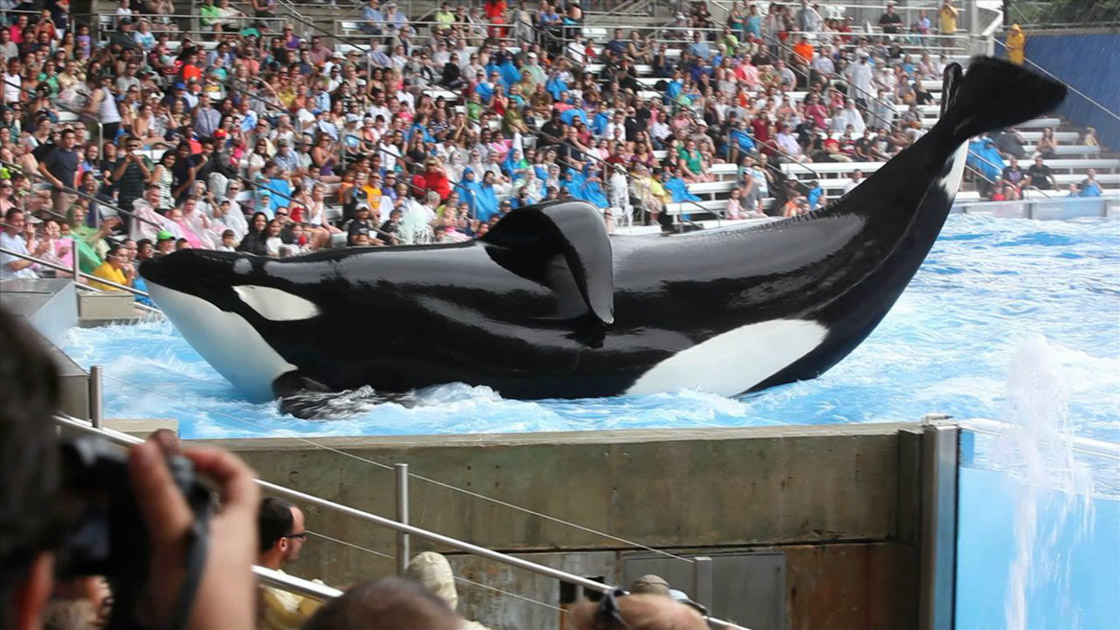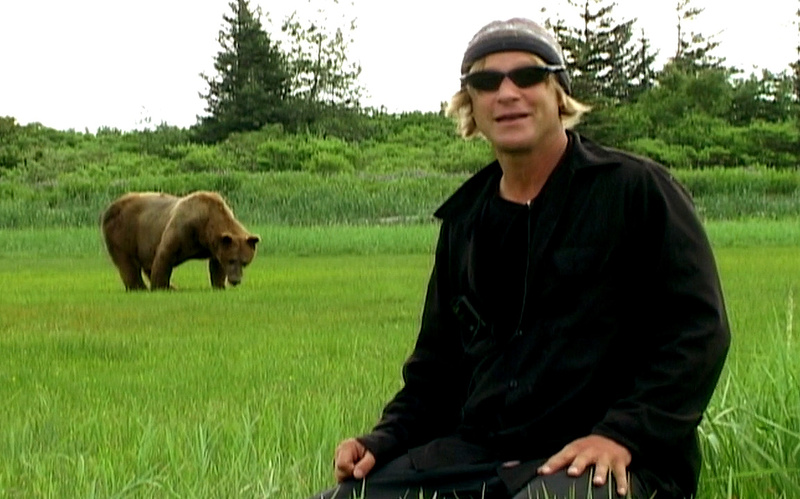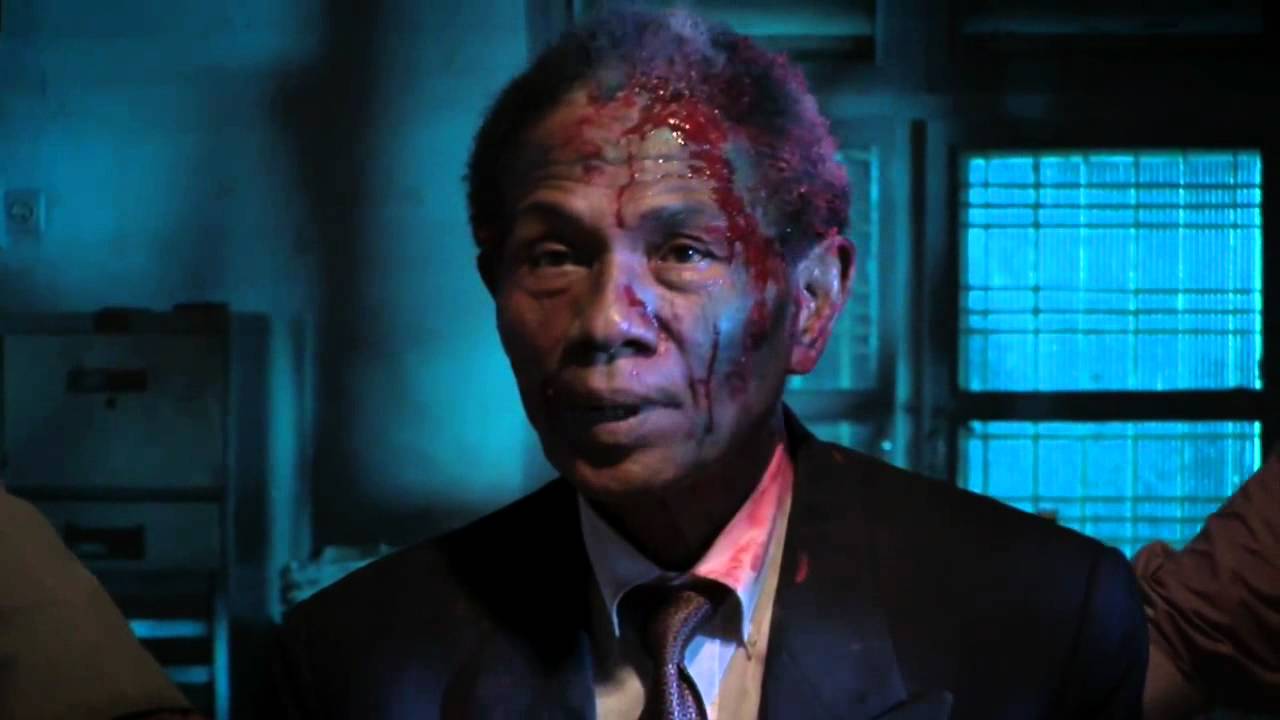5. Waiting for ‘Superman’ (Davis Guggenheim, 2010)
Waiting for ‘Superman’ aims to represent the deficiencies of the American education system by following a number of students as they are trying to get accepted into chartered schools. The winner of the best documentary award of the Sundance Film festival 2010 compares the public education system to chartered schools.
This comparison generated some criticism as certain people claimed that Guggenheim depicts a biased picture and states that chartered schools are the only solution if parents want to provide proper education for their kids.
Opposers of the film argued that it produced a false image of state education by giving the impression that teachers’ unions don’t do anything to improve the level of education. It was also said to favour the representatives of chartered schools and not containing as many scenes with comments from state school teachers and members of the teacher’s union.
On the other hand Waiting for ‘Superman’ has been praised for showing that good education is not dependent on social grade by focusing on the success of chartered schools specifically in the poorer areas.
While it explores a topic of high importance highlighting some thought-provoking facts, Waiting for ‘Superman’ suffers from inaccurate statements based on data research and from pushing those members of state education into the background, who are indeed working on improving the quality of education that is accessible for everyone.
4. Searching for Sugarman (Malik Bendjelloul, 2012)
Searching for Sugarman is an uncannily good documentary that has the potential to move its audience to tears. But how fair is it to tell a slightly different version of the real story in order to achieve this dramatic effect? Malik Bendjelloul does not lie, but the narrative of his documentary leaves some essential details of the real story in the shadows to make the film more gripping.
When it comes to documentary filmmaking, the responsibility of the director is to find a balance between storytelling and documentation, making sure that during this process they do not change the real story. Bendjeoull goes a hair’s breadth further than that when he represents the almost unbelievable story of Rodriguez as if it was unfolding real-time in front of his camera.
Sisto Rodriguez, the Mexican-American singer-songwriter who achieved limited success in America, lives unaware of the fact that he is a legend in South Africa – believed to be dead. The camera follows two South African fans who decide to find out whether the suicide of Rodriguez is only a myth, presenting their surprise when they discover that their hero from the 70s is very much alive.
Bendjeoull decided to film his documentary from the point of view of the fans to make it more engaging, but what makes it debatable is the fact that he and his crew was very much aware of the fact that Rodriguez was alive. Up until the point of the discovery therefore the documentary is semi-fiction, which is only unfair if the audience is not fully aware of this.
3. Blackfish (Gabriella Cowperthwaite, 2013)
Blackfish focuses on a killer whale that was involved in the death of three people, and the controversy around keeping these animals in captivity. The film resulted in increased awareness of animal welfare issues and raised questions about SeaWorld, the owner of the orca Tilikum, which was left with injured reputation after the release of the documentary. Despite its unquestionable importance, Blackfish may raise some questions too, however.
Depicting wild animals in films carries the danger of anthropomorphising and romanticising them, which is both present in Blackfish. The documentary states that orcas living in the wild are generally friendly towards humans, and it’s only killer whales living in captivity that would potentially turn against people due to the psychological effect of having been taken out from their natural habitat.
However, the film illustrates the friendly behaviour of wild orcas with an example dragged out of its context. Elsewhere some subjective arguments are made on the potential links between genetics and the behaviour of the orca involved in the death of its trainer, without it being highlighted that these are only hypotheses.
Blackfish falls into the trap of using a specific example to make a universal statement, and hence, instead of demystifying this incredible species, in some ways it further contributes to the mystery around them.
2. Grizzly Man (Werner Herzog, 2005)
Werner Herzog’s documentary on the death of Timothy Treadwell (an environmentalist killed by a brown bear) follows a similar structure to Kapadia’s Amy. Herzog combined Treadwell’s real footage with interviews; however, in addition to this he is also present in the film as an omniscient narrator.
By adopting this role and preventing the audience from observing the factual scenes and coming to a conclusion by themselves, Herzog challenges the objectivity of documentary filmmaking. He makes it apparent that he is more than the filmmaker of this documentary on several occasions and in various ways.
In his commentary referring to Treadwell he says that Treadwell was a troubled person who invited death by anthropomorphising bears and violating the realm of nature – which is his opinion on the subject of the documentary and not a fact.
Another instance when the audience is made aware of his strong role as a storyteller is when we can see the director listening to the footage recorded at the time of Treadwell and his girlfriend’s death through headphones, so when the biggest secret of the film is revealed, us, the viewers are denied of hearing it.
In his documentary Herzog teases his audience with the promise of uncovering the mystery of this terrifying death, but by withdrawing access to some information he makes it clear that his intention is not simply to represent and uncover, but to use Treadwell’s story as a moral lesson.
1. The Act of Killing (Joshua Oppenheimer, 2012)
The Act of Killing, exploring the killings that happened in Indonesia between 1965 and 1966, focuses on the murderers by making them re-enacting their killings. The film has been the topic of several debates with the most heated discussions focusing on the question whether it glorifies violence. It has also been strongly criticised for lacking an introduction to historical context.
Most people would argue that representing historical events in context helps a documentary film’s objectivity, while ignoring the historic background increases the danger of the film’s subject being interpreted as a universal example. This is precisely what happened when people criticised the scenes where the murderers were re-enacting the massacres.
While isolating this terrible event from its historic context provided the possibility of interpreting it as a general study of the psychology of mass murderers, it also provided the space for harsh criticism. As a response, two years later the filmmakers released The Look of Silence, which focuses on a relative of a victim of the Indonesian Killings, who visits some of the murderers.
Author Bio: Melinda Gemesi has been a freelance film critic since her second year as a Film Studies Student. She holds an MA in Film Studies and Online Journalism and is currently living in London. In her free time she is working on a literary project about which you can find out more on thestoryhunt.tumblr.com.




